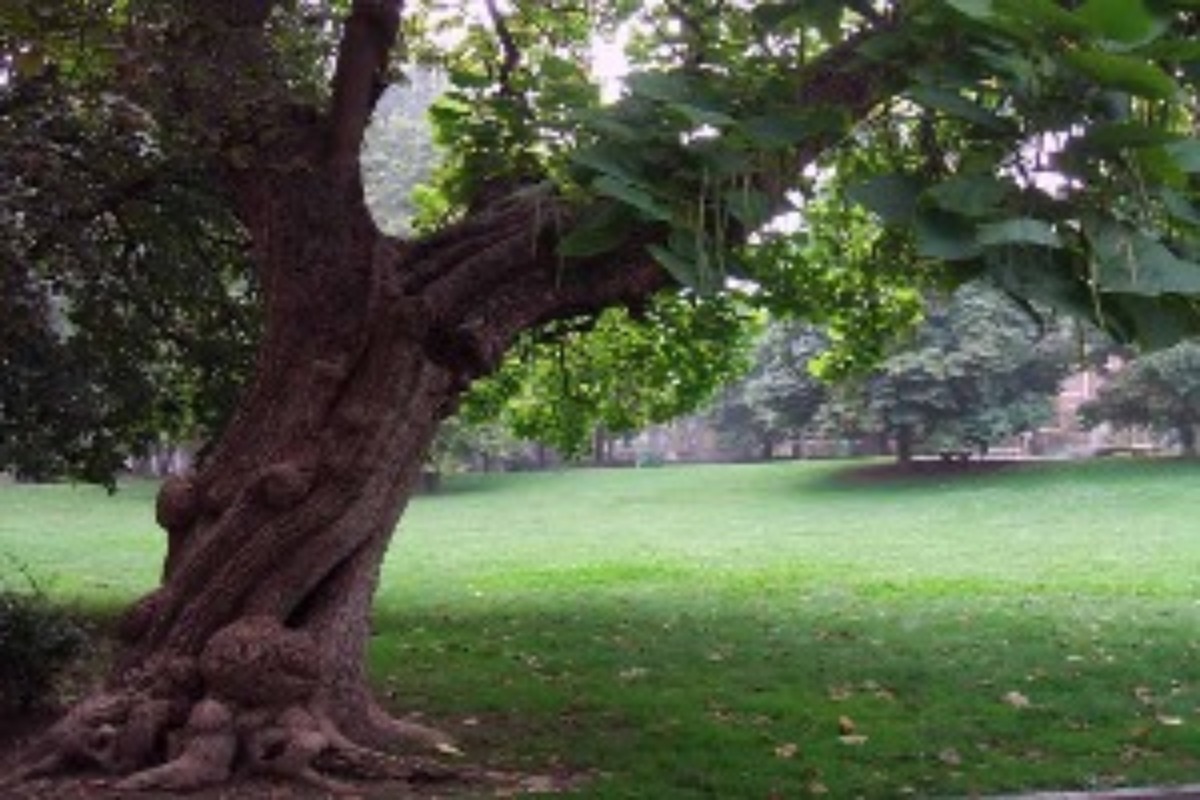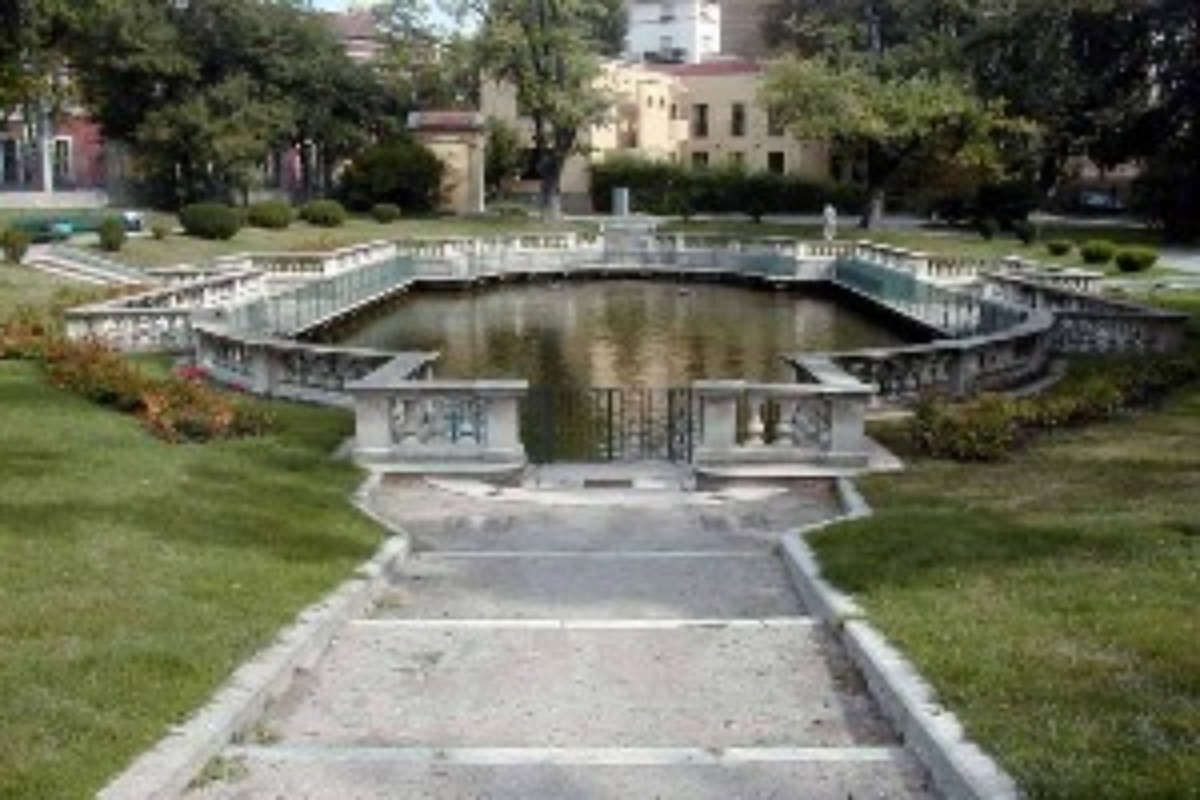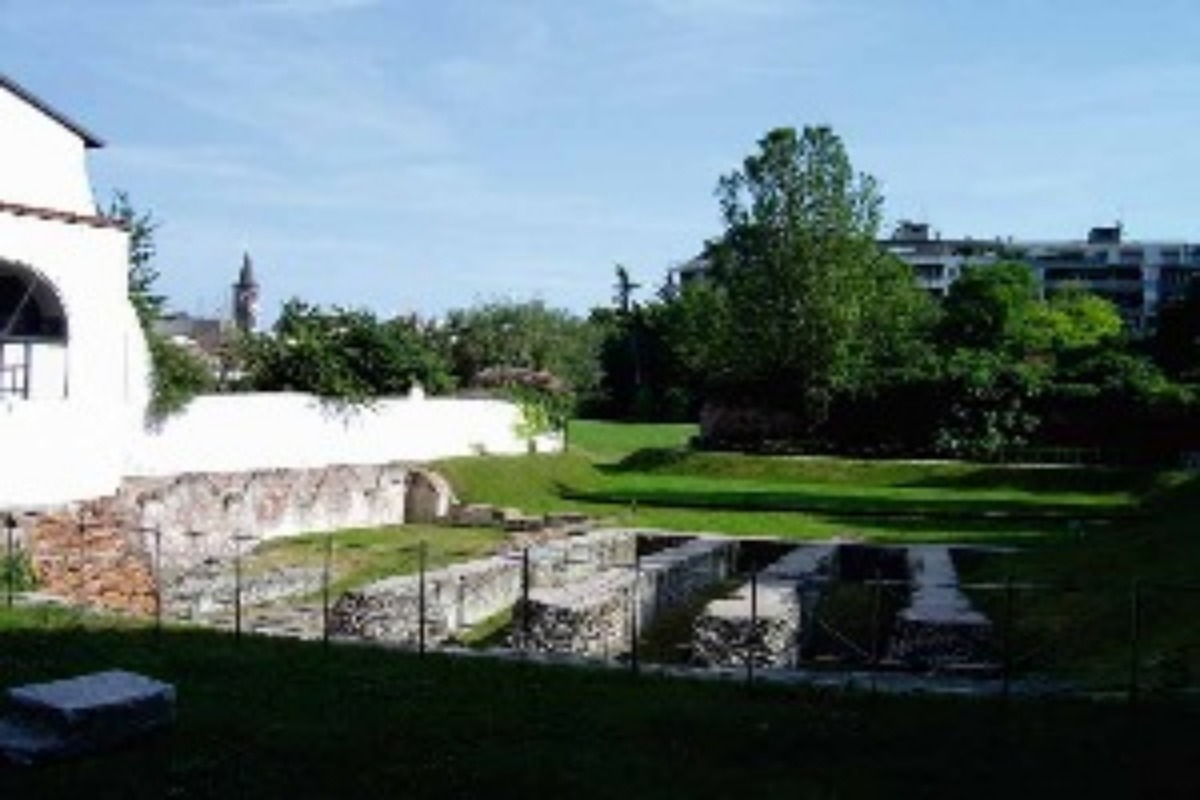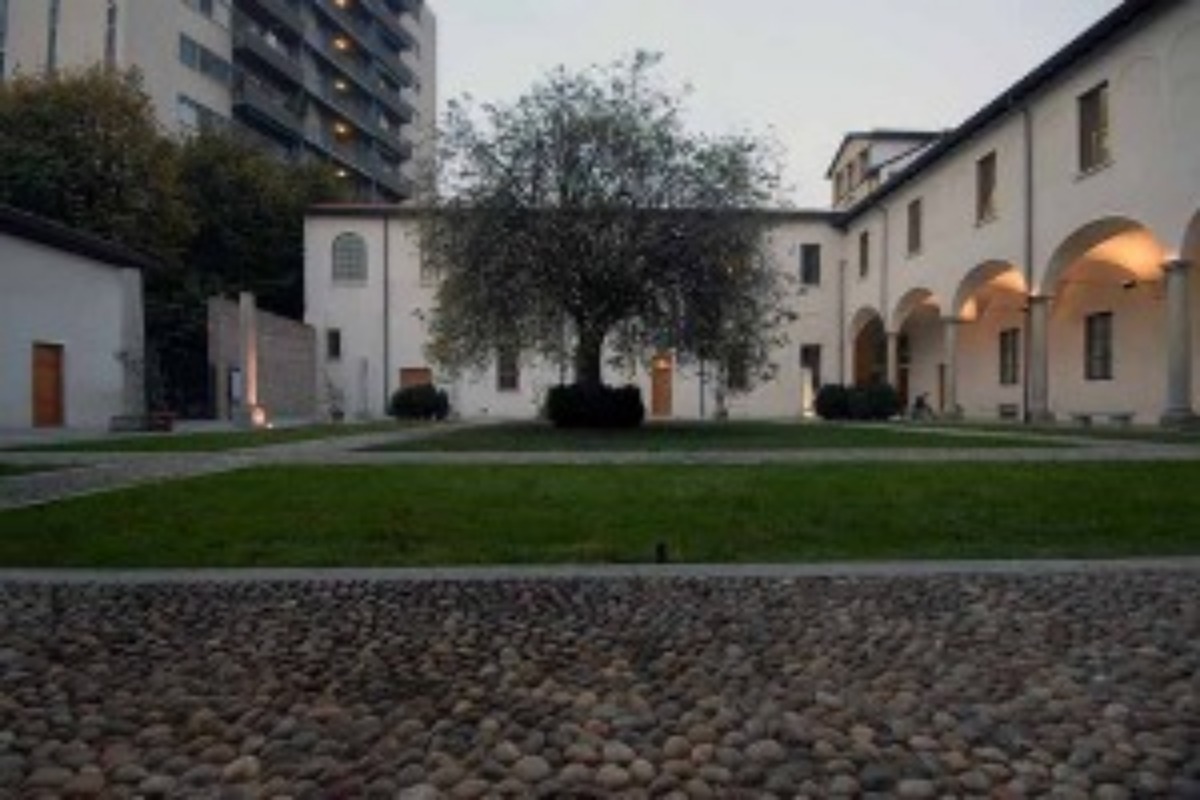
Stroll in the Roman and medieval city
From the Archaeological Park of the Roman Amphitheater to the Guastalla Garden
The itinerary begins in via E. De Amicis at number 17 to discover a hidden and precious corner, the Archaeological Park of the Roman Amphitheater, commissioned in 2002 by the Superintendence for Archaeological Heritage of Lombardy to give to the remains of the Roman amphitheater a worthy setting. The great work, built in the 35.000st-XNUMXnd century AD in the productive and commercial district outside the walls of the ancient "Mediolanum", was sized to accommodate up to XNUMX spectators.
To access the park, included in the monumental complex of Santa Maria Vittoria which also houses the Antiquarium “Alda Levi” museum, you pass through the cloister of the church, in the center of which there is also a large specimen of elderberry (Sambucus nigra). We continue along a path surrounded by a series of Judas trees, box hedges and ornamental shrubs to reach the area of the excavations of the ancient foundations. Exiting via Arena, whose name evokes the presence of the Amphitheater, we continue along via Vetere and then along Corso di Porta Ticinese, to discover the walls of medieval Milan erected in 1171 after the destruction of the city by the Barbarossa; continuing left along the circle of the Naviglio and along Via Molino delle Armi you come across, at Piazza della Vetra, the Pope John Paul II Park known as the Park of the Basilicas because the apses of the Palatine Basilica of San Lorenzo overlook it, to the north, (maximum testimony of Roman and early Christian Milan, built in the 1500th century, rebuilt in the Romanesque period and rebuilt, following a collapse, by order of San Carlo at the end of XNUMX by M. Bassi) and, on the south side, of the Basilica of Sant'Eustorgio (built towards the end of the XNUMXth century on the site of an early Christian cemetery and completely rebuilt, with the exception of the apse, in the XNUMXth century).
The park, designed in the 50s by architects PF Bagatti Valsecchi and A. Grandi, is made up of two parts delimited by via Molino delle Armi. The redevelopment of 2000 aimed to restore a unified design to the park through a main path underlined by elm specimens and a wide band of wrinkled roses with beautiful autumn berries. Near the southern entrance of via Molino delle Armi, you can see an interesting group of mulberry trees with leaves that resemble those of the plane tree (Morus platanifolia) and a very rare specimen of Celtis Occidentalis. Walking along the central alley you reach the Diocesan Museum of Milan at the end of the right, which is housed in the cloisters of Sant'Eustorgio and is an integral part of one of the most prestigious monumental complexes in the city. Returning to Via Molino delle Armi, created in the period between the two wars to cover the circle of the Naviglio, the itinerary continues, after the crossroads with Corso di Porta Romana, on Via Francesco Sforza where you come across, on the left, the façade of the the ancient Maggiore Hospital called Ca' Granda founded, based on Filarete's design, by Francesco Sforza in 1456 and today home to the University of Milan. Further ahead is the entrance to the Guastalla Garden, designed in the mid-1500s in the "Italian" garden style and opened in 1939 after a major restoration.
From the entrance, surrounded by a beautiful group of liquidambar (Liquidambar styraciflua), you can observe the most valuable architectural artefact of the garden, the stupendous baroque fishpond. Further ahead, on the left side there is a small neoclassical temple, an 18th century work by L. Cagnola, and continuing on you come across some notable arboreal specimens: the monumental catalpa (Catalpa bignonioides 'Walt') with a twisted trunk and asymmetrical foliage, some specimens of magnolia (Magnolia grandiflora), of tulip tree (Liriodendron tulipifera), a pendulous beech (Fagus sylvatica 'Pendula') and, further on, near the play area, a group of beech trees (Fagus sylvatica 'Asplenifolia'). Walking along a path with rows of pink-flowering horse chestnuts (Aesculus x carnea) you come across, to the left of the main entrance, a seventeenth-century aedicule.
Subjects:
Updated: 08/08/2022



